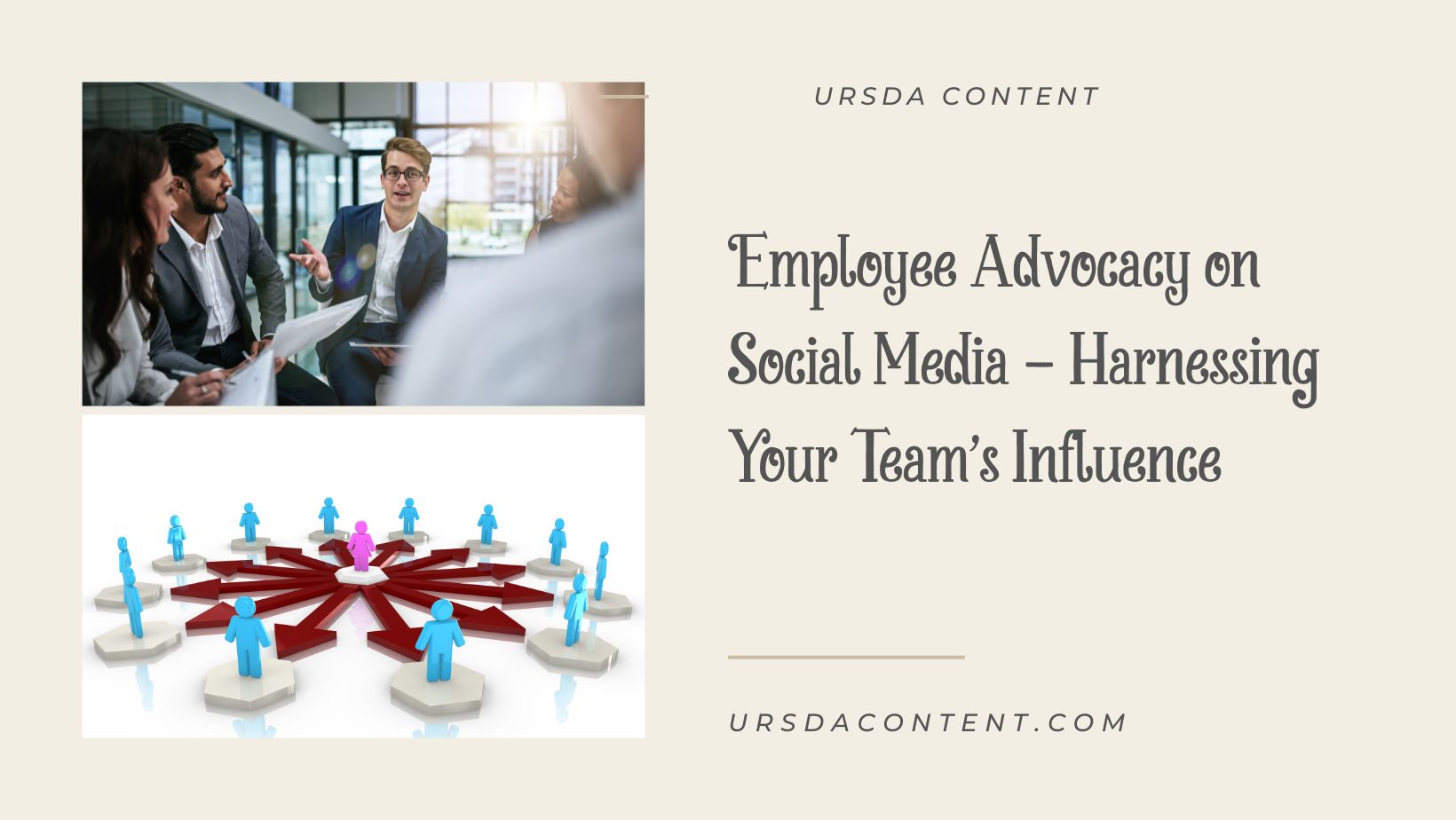
Employee Advocacy on Social Media - Harnessing Your Team's Influence
In the ever-evolving realm of digital marketing, an instrument of impact and reach is sometimes overlooked: your team. More specifically, employee advocacy on social media has emerged as a powerful marketing tool that leverages the combined social influence of your team members to spread the word about your company’s goals, accomplishments, culture, and brand.
What Is Employee Advocacy?
Before we delve further into how to harness this potent tool, let’s define employee advocacy succinctly. It is the active promotion of your company by the people who work within it, using social media platforms such as Facebook, LinkedIn, Twitter, and others as a conduit to spread positive messages about your brand.
The Power of Employee Advocacy
Employees are authentic ambassadors and enthusiastic advocates since they possess an innate understanding and insights about the company that marketers may lack. They can communicate their personal experiences, making their social content extremely credible. In essence, they are the organization's human side and can effectively foster trust, generate interest, increase brand visibility, and even attract prospective talent.
A recent study by the Nielsen group found that 83% of consumers trust the recommendations of friends and family, and the lines between personal and professional relationships have increasingly blurred in the social context, engendering significant impact. Leveraging this power can help the business achieve spectacular marketing goals and outcomes with fewer resources.
Developing An Effective Employee Advocacy Strategy
Implementing successful employee advocacy on social media may initially seem daunting, but once armed with the correct strategy and tools, organizations can effectively harness the collective influence of their teams.
1. Cultivate a Positive Work Culture
A strong advocacy program begins with a supportive, positive work culture. If your employees derive satisfaction from their work and feel valued, they will have a natural inclination to positivity that will shine up through their social media posts.
2. Create Clear Social Media Guidelines
To mitigate risk and ensure that employees represent your brand in a manner consistent with your values and objectives, guidelines must be set. This could include a social media policy spelling out what is suitable for posting and what should be avoided. However, it’s equally important to maintain a degree of freedom and creativity, which is essential to create engaging content.
3. Offer Training
Whether it's showing your employees how to use Twitter effectively or advising on what type of content works best on LinkedIn, a training program can give employees the tools they need to be effective advocates.
4. Provide Accessible Content
Make it easy for your employees to share content. Create an accessible library of pre-approved posts, images, articles, and updates that employees can easily share on their social platforms.
5. Measure and Encourage Success
To standardize the success of your advocacy program, it's crucial to measure the correct metrics such as engagement, reach, website referral traffic, and brand awareness, and recognize and reward employees who are driving advocacy efforts.
Case Study: IBM
IBM's employee advocacy program is often cited as one of the best examples. It’s a pioneer in harnessing the power of its employees on social media and effectively turning them into brand advocates.
IBM's #NewWayToWork campaign launched to support their new product, was successful solely due to the employees. They used an employee advocacy platform that allowed staffers to share pre-approved content, making it easier for them to participate in the campaign. As a result of their employees' social advocacy efforts, the content shared by IBM employees reached 120 million people.
Role of Employee Advocacy Platforms
Platforms like EveryoneSocial, GaggleAMP, and Smarp are designed to help facilitate employee advocacy. They allow you to make it easy for employees to share company-approved content across their networks. A good platform also provides analytics so you can track engagement metrics and identify your top advocates.
What makes employee advocacy so compelling is its organic and human nature. It's about leveraging the potential of your existing workforce and allowing them to be your brand ambassadors. With the right strategy, a positive company culture, clear guidelines, and the right tools, you can harness the significant influence of your employees, turning them into your most powerful assets.
As we strive towards more transparent, authentic, and human-oriented corporate communication, the role of employees as brand advocates will become crucial and indubitably beneficial. It's time we recognized and harnessed this potential to foster a new era of corporate communication where employees are not only seen as assets but also as effective conduits of brand messaging.
As Walt Disney once said, "You can design and create, and build the most wonderful place in the world. But it takes people to make the dream a reality."
In the context of social media advocacy, your employees are the people who can make the dream of your brand's story a reality, and successfully so. So, let's start harnessing their influence on social media and see how they impressively amplify your company's outreach, reputation, and growth.
